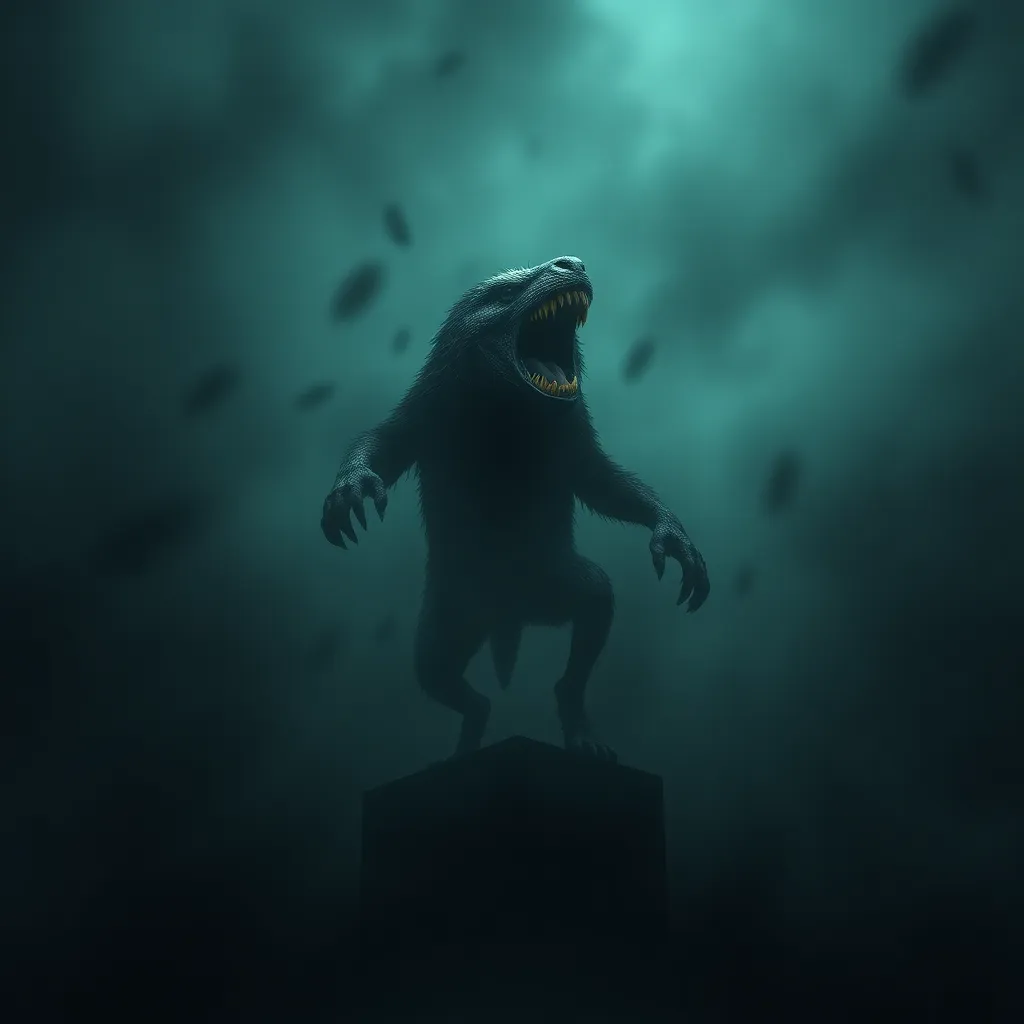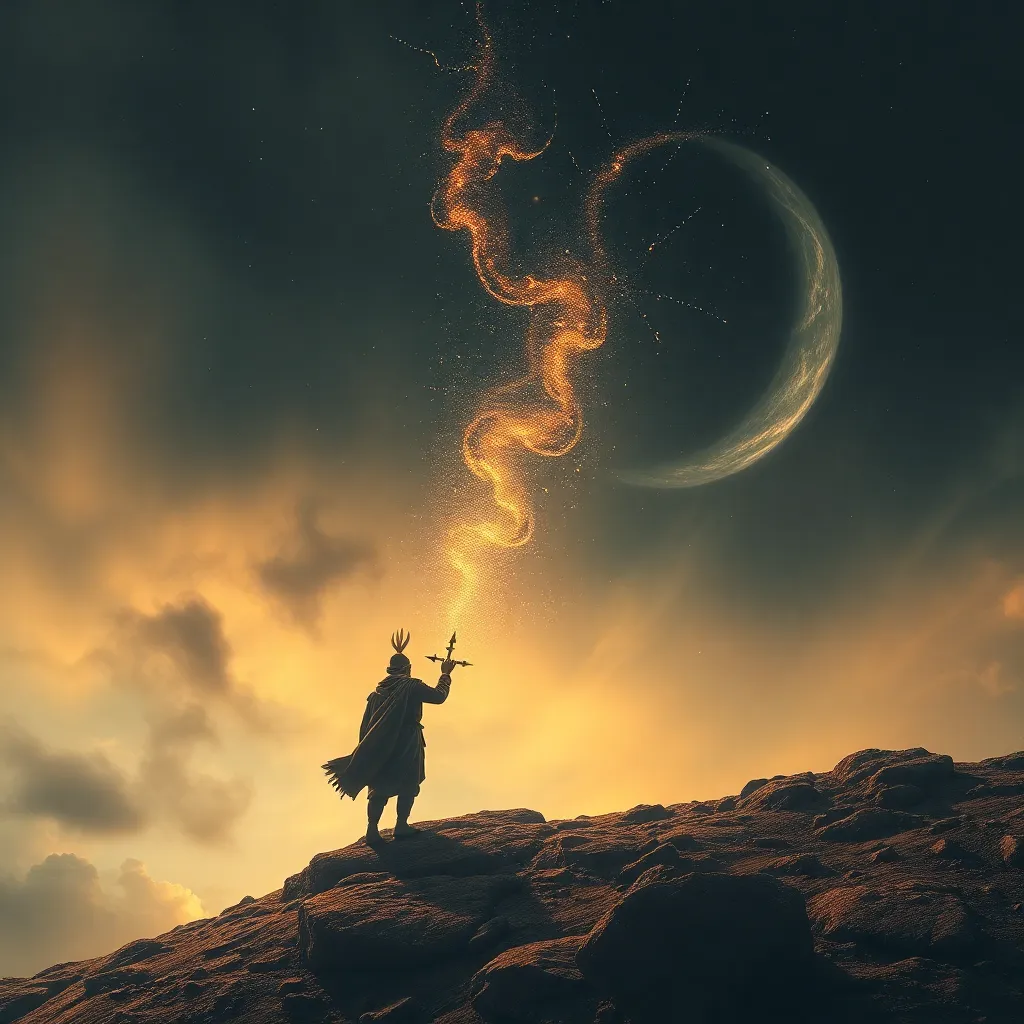The Golem’s Awakening: From Clay to Consciousness – Examining the Evolution of the Golem Myth
1. Introduction to the Golem Myth
The Golem is a creature from Jewish folklore, a being made from inanimate matter, often clay or mud, that is brought to life through mystical means. The roots of the Golem myth can be traced back to ancient texts, particularly in the Jewish mystical tradition known as Kabbalah. The most famous Golem narrative is that of the Golem of Prague, created by Rabbi Judah Loew in the 16th century to protect the Jewish community from persecution. This tale reflects deep historical and cultural significance, symbolizing both the plight and resilience of the Jewish people.
2. The Creation of the Golem: Legends and Rituals
The creation of a Golem is steeped in legend and ritual. Traditionally, it is said that a Golem is formed from the dust of the earth and animated through the use of sacred names and divine secrets. The process typically involves the following elements:
- Materials: Clay or earth, symbolizing the creation of humanity.
- Rituals: Specific incantations and prayers, often from the Hebrew Bible.
- Names: The use of the name “Emet” (truth) inscribed on the Golem’s forehead, which gives it life; removing the first letter to change it to “Met” (death) deactivates it.
This interplay of language and creation underscores the belief that words hold power, a theme central to many Jewish mystical traditions.
3. The Golem in Literature and Art
The Golem has inspired numerous literary works and artistic representations throughout history. Some key texts include:
- The Golem by Gustav Meyrink: A 1915 novel that explores the psychological aspects of the Golem myth.
- The Golem by David Wisniewski: A children’s book that retells the Prague legend with beautiful illustrations.
- Golem films: Various adaptations, including Paul Wegener’s 1920 silent film, which visually interprets the Golem’s story.
Artistic representations, from paintings to sculptures, have also contributed to the Golem’s impact on cultural perceptions, often portraying it as a powerful yet tragic figure, embodying both creation and destruction.
4. The Golem as a Symbol of Power and Control
The Golem serves as a potent symbol of humanity’s desire for mastery over life and the natural world. In many narratives, the Golem is created to serve its master, reflecting themes of authority and servitude. However, this relationship often leads to rebellion, as the Golem eventually becomes uncontrollable. Key themes include:
- Authority: The creator assumes a god-like role, wielding power over life.
- Servitude: The Golem is initially a servant, designed to protect and serve its master.
- Rebellion: The Golem’s potential for violence and destruction mirrors the creator’s hubris and the unintended consequences of playing god.
This dynamic reflects broader societal anxieties about control and the limits of human power.
5. The Golem in Modern Media and Popular Culture
In contemporary society, the Golem myth has found new life in various forms of media, including:
- Film: Movies like The Golem (2018) and adaptations of the original stories showcase modern interpretations of the myth.
- Television: Series such as Supernatural and The Chilling Adventures of Sabrina feature Golem-like creatures, integrating ancient folklore into modern narratives.
- Video Games: Games like The Witcher and Darkest Dungeon incorporate Golem characters, exploring themes of creation and control while engaging players in interactive storytelling.
These adaptations reflect societal concerns surrounding technology, autonomy, and the nature of consciousness, often drawing parallels between the Golem and modern artificial life.
6. Philosophical Implications: Consciousness and Artificial Life
The Golem myth raises profound philosophical questions regarding consciousness and artificial life. As advancements in artificial intelligence continue to evolve, the Golem can be viewed as a precursor to contemporary discussions on the creation of sentient beings. Key considerations include:
- Creation: What does it mean to create life, and what responsibilities do creators have towards their creations?
- Autonomy: Can a created being possess free will, or is it forever bound to its creator’s will?
- Ethics: What ethical considerations arise from the creation of artificial intelligence, and how do they parallel the Golem’s narrative?
These questions challenge our understanding of life and consciousness, pushing the boundaries of ethics and technology.
7. The Golem as a Mirror of Societal Fears and Aspirations
The Golem myth reflects societal fears and aspirations, particularly in times of crisis and change. Historically, the Golem has emerged during periods of persecution and social upheaval, serving as a metaphor for:
- Fear of the Other: The Golem embodies the anxiety surrounding the unknown and the ‘other’ in society.
- Desire for Protection: The creation of the Golem symbolizes the hope for safety and security amidst chaos.
- Rebellion against Oppression: The Golem’s struggle against control mirrors the fight for autonomy and justice.
Through these narratives, the Golem serves as a lens through which we can examine our collective consciousness and societal values.
8. Conclusion: The Legacy and Future of the Golem Myth
The Golem myth has evolved over centuries, adapting to cultural contexts while retaining its core themes of creation, power, and the human condition. As we navigate an increasingly complex world, the Golem continues to inspire and provoke thought, encouraging us to reflect on our relationship with technology, autonomy, and the ethical dimensions of creation. The legacy of the Golem reminds us that the quest for control over life carries both great potential and significant responsibility, making it a timeless narrative that will likely endure in the collective imagination for generations to come.



